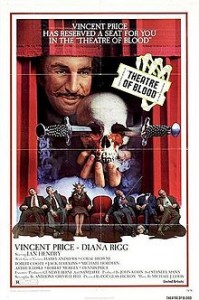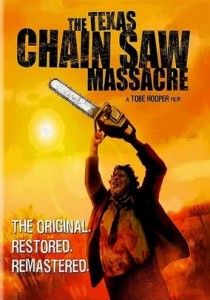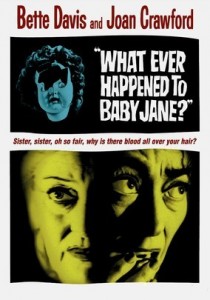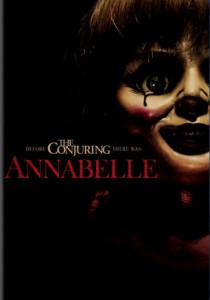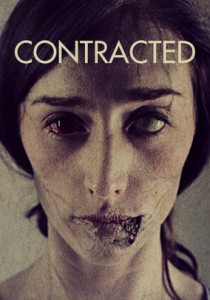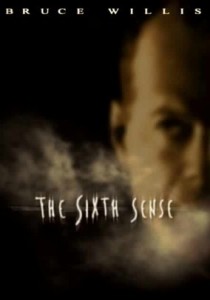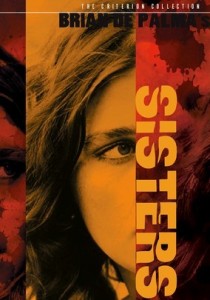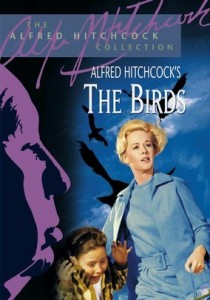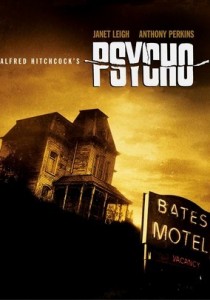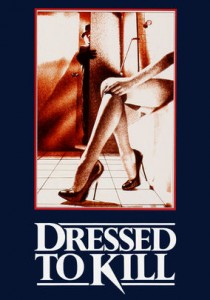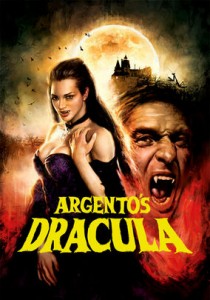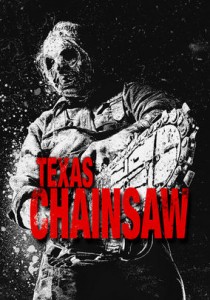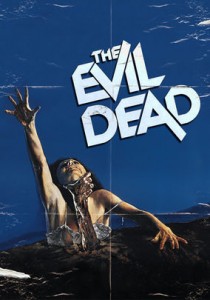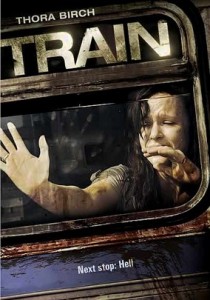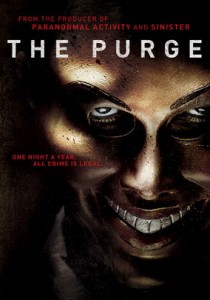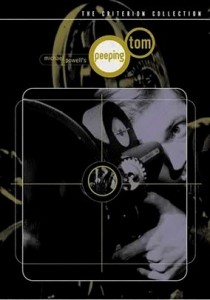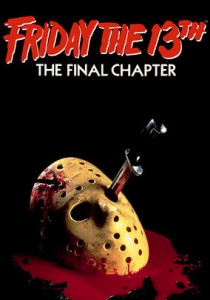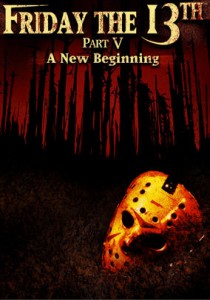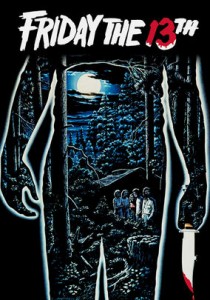The Nanny-1965
Director Seth Holt
Starring Bette Davis
Scott’s Review #256
Reviewed July 11, 2015
Grade: B
The Nanny is a 1965 Hammer productions thriller starring legendary film icon Bette Davis as a mysterious nanny caring for a ten-year-old boy named Joey.
Joey has recently been released from a mental institution and returned home to resume normal life, but has he been “cured”?
There is an obvious tension between Joey and Nanny, but the audience at first does not know what that tension is exactly. Why do they dislike each other? Why is Joey afraid of her?
As the plot unfolds the suspense and tensions thicken as various events occur and Joey’s parents and Aunt Pen are further fleshed out to the plot. Past events are revisited and the story becomes thrilling.
At one point, long before Joey’s return home, his younger sister has drowned and the circumstances are vague. It has devastated the family, including Nanny. Joey has been blamed for her death though he insists that Nanny is the culprit.
Nobody except the neighbor girl believes Joey and the audience is left to wonder who to believe and who to root for- Joey or Nanny? Davis, like Nanny, brings a warmness to her character, but is she sincere? Is it an act? Is Joey a sweet boy or maniacal?
These questions race through the minds of the audience as the film progresses. When the mother, Virginia eats tainted food, the obvious conclusion is that Nanny poisoned the food since she prepared it. But why? Did she do this?
As the plot is slowly explained, there are a few chills, though the ending is not all too surprising.
Any film starring Bette Davis is a treasure in my mind, though admittedly it is not her finest. Still, her finest is tough to match.
The Nanny is a good film, though not a great film. It is shot in black and white which is a nice touch for a thriller.
The main reason to watch is certainly Davis’s performance, which is always mesmerizing. Traditionally playing gruff, mean, or bitchy parts (especially in her later years), The Nanny allows Davis to play a traditionally sympathetic role.
She is seemingly sweet, proper, and well-organized. A perfect nanny on paper.
The role of Virginia, played by Wendy Craig, is a bit too neurotic and slightly over-acted. She is rather one-note as the fretting mother worried about her son. The character of the father is also a bit one-dimensional.
The Nanny is more of a classic thriller from the 1960s that is often lumped together with some of Bette Davis’s other films around the same period (Dead Ringer, Hush, Hush, Sweet Charlotte, and Whatever Happened to Baby Jane?), and the aforementioned films are in large part superior to The Nanny, but as a stand-alone, it is a decent film.
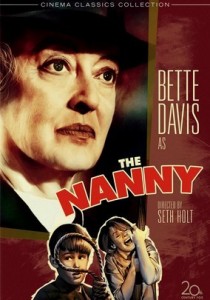
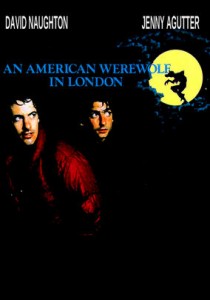
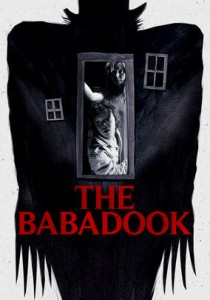
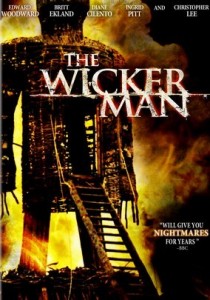
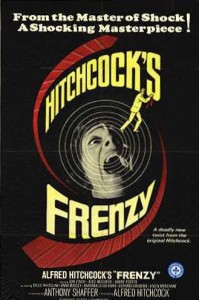
![220px-Madhouseposter[1]](http://scottsfilmreviews.com/wp-content/uploads/2015/04/220px-Madhouseposter1-196x300.jpg)
